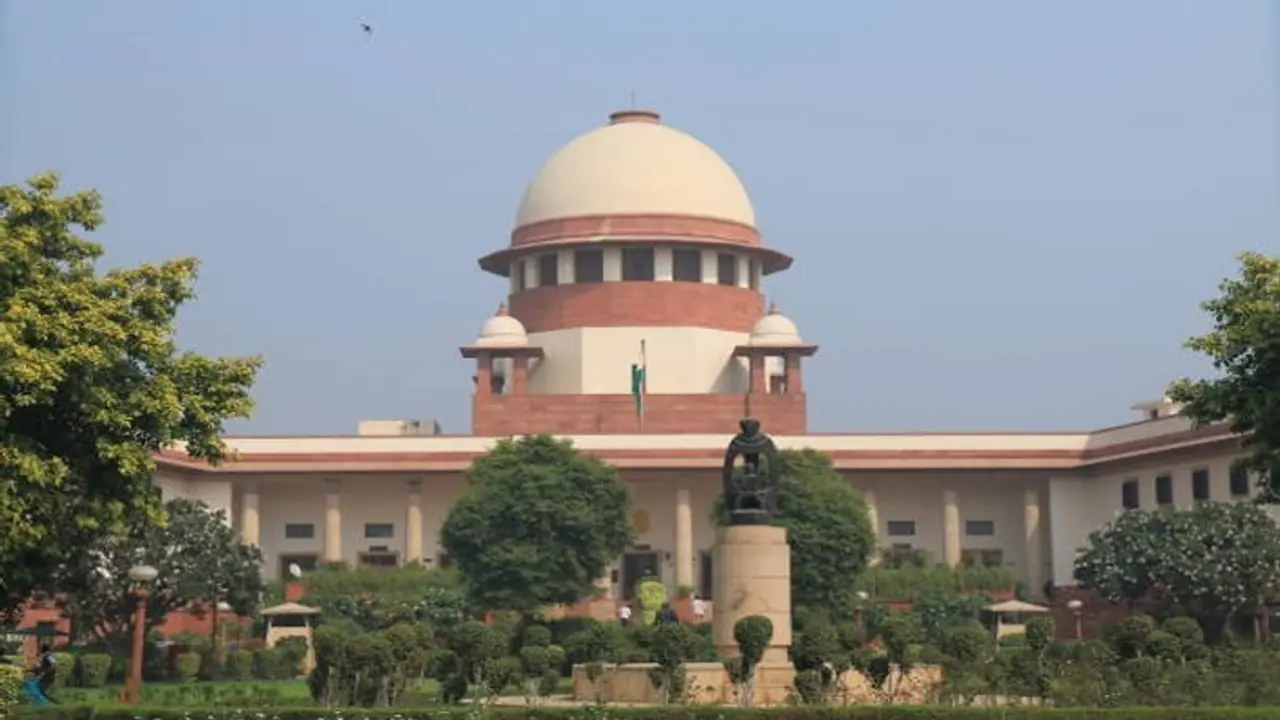The increase in the sanctioned strength of judges in the Supreme Court of India has had minimal impact on the reduction of case pendency, which has alarmingly surged over the last decade.
The increase in the sanctioned strength of judges in the Supreme Court of India has had minimal impact on the reduction of case pendency, which has alarmingly surged over the last decade. Despite various reforms and the infusion of technology, the backlog of cases in the apex court has now reached a historic high of nearly 83,000, signaling an ongoing challenge in the judicial system.

In 2009, the sanctioned strength of judges in the Supreme Court was increased from 26 to 31 in an effort to tackle the growing backlog of cases. However, instead of decreasing, the pendency continued to rise, swelling from approximately 50,000 cases in 2009 to 66,000 by 2013. During the tenures of Chief Justices of India (CJI) P Sathasivam and R M Lodha in 2014, there was a modest reduction in the backlog, bringing it down to 63,000 cases. Further efforts by CJI H L Dattu in 2015 reduced the pendency to 59,000.
However, the situation soon reversed. Under the leadership of CJI T S Thakur in 2016, the pendency climbed back to 63,000 cases. His successor, CJI J S Khehar, who introduced the concept of paperless courts and leveraged information technology for case management, managed to reduce the backlog to 56,000 cases, a rare instance of substantial reduction.
Effect of further expansion and Covid-19
Despite the efforts to modernize the judiciary, the pendency increased once again during CJI Dipak Misra’s tenure in 2018, reaching 57,000 cases. In 2019, CJI Ranjan Gogoi successfully advocated for an increase in the sanctioned strength of Supreme Court judges from 31 to 34 through a Parliamentary enactment. However, this expansion was followed by a significant rise in the number of pending cases, which shot up to 60,000.
The COVID-19 pandemic further exacerbated the situation. During CJI S A Bobde’s tenure, the pandemic severely disrupted the functioning of courts, causing the pendency to surge to 65,000 cases. The justice delivery system, although adapted to virtual proceedings, struggled to cope with the backlog. By 2021, during CJI N V Ramana’s tenure, the pendency reached 70,000 cases, and by the end of 2022, it had increased to 79,000 under the successive leadership of CJIs Ramana, U U Lalit, and D Y Chandrachud.
Current status and continued challenges
As of today, the Supreme Court is grappling with a record-high backlog of 82,831 cases. Of these, 27,604 cases, representing 33% of the total, are less than a year old. The influx of new cases remains steady, with 38,995 fresh cases filed this year, while the Court managed to dispose of 37,158 cases.
Despite the near parity between the rate of case disposal and the rate of new case filings, the backlog continues to grow, challenging the effectiveness of recent technological innovations aimed at streamlining the court’s processes.
High Courts and Trial Courts: A bleak picture
The situation in the High Courts and trial courts mirrors the challenges faced by the Supreme Court. In 2014, the cumulative pendency of cases in the High Courts stood at 41 lakh.
Over the past decade, this number has consistently risen, reaching 61 lakh in 2023 before slightly dipping to 59 lakh this year. The trial courts, which form the foundation of India’s judicial system, have seen an even more dramatic increase in pendency, from 2.6 crore cases in 2014 to an alarming 4.5 crore cases today.
The escalating pendency of cases across all levels of the judiciary underscores the ongoing struggles within India’s justice system. Despite efforts to increase the strength of the judiciary and implement technological advancements, the backlog of cases continues to grow, threatening the timely delivery of justice. The Supreme Court, High Courts, and trial courts are all facing an uphill battle to reduce this backlog, and the effectiveness of future reforms will be crucial in addressing this systemic issue.
